
Santiago de Compostela
The end of the line … for thousands, maybe millions of pilgrims over the last 1200 years or so, Santiago de Compostela has been the destination for those seeking spiritual salvation or just a nice walk that is the Camino de Santiago. I have a number of friends who have done the Camino in some fashion: some short bits here and there, others multi-day long routes; some have done it solo and some as couples or as part of a group. I believe every single one loved the experience, whatever their reasons for undertaking it. I don’t have an urge to do the Camino at all, or at least not as a stand-alone exercise, but I understand why so many have had the urge to follow in the footsteps of fellow pelegrinos.
The Camino was created at the beginning of the IX century soon after the alleged discovery of James of Zebedee’s relics in the area. It all started with a shrine in his honour on a spot previously occupied by a Roman settlement, but long since abandoned. Over the years the shrine grew into what we see today: a massive cathedral and a whole city surrounding it. The cult of Santiago (Santiago = James) grew rapidly among christians on the peninsula and pilgrimages to the shrine became more and more popular among believers. This popularity extended beyond the Pyrenees and soon the faithful were coming from other western European kingdoms. Today, people from all around the globe come for religious and personal reasons, many of them more than once.
Most people are familiar with the main route of El Camino, the one from St. Jean Pied de Port on the French side, through Pamplona, Burgos, and León, but there are, in fact, numerous routes starting in various cities around the Iberian peninsula but all ultimately leading to Santiago de Compostela. This is why, if you look closely, you can find the tell-tale scallops on the pavement in cities as far away as Valencia (I spotted the one just outside of the cathedral there). Some pilgrims don’t even consider Santiago the last stop and continue until they reach the ocean, at Finisterra, the End of the World. Since I wasn’t seeking any enlightenment, I took the train instead of walking, and yes, all my complaints about there not being any trains in Galicia were unfounded, I take it all back!
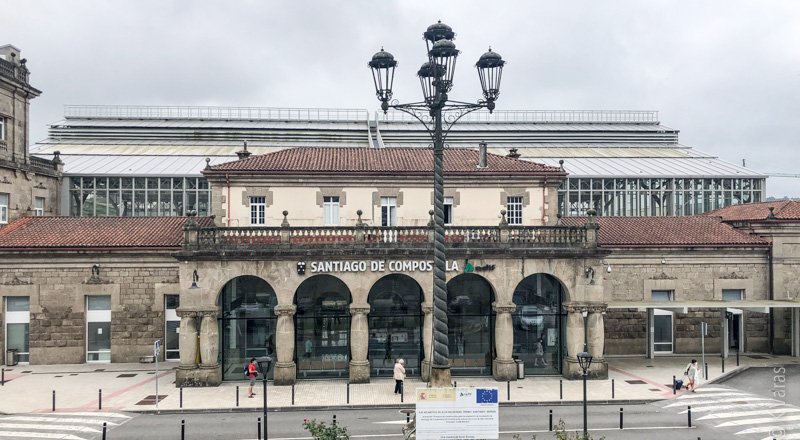
My first impression of Santiago was its very imposing train station, conveniently (not!) located at the bottom of the hill that was the rest of the city, or at least the part I wanted to see. Did I ever mention how mountainous Spain was? Oh, I did? Yeah, it’s still that way here too. I did notice the local architecture–at least the newer bits–to be quite modern, in total contrast to what was to come. As I climbed the streets towards the old town, I didn’t even have to look at my phone to help with directions: it felt as if we were all being pulled along by some invisible force towards that central point that was the old town with its myriad of churches, monasteries, and hospitals that weren’t (they may be called Hospitales but they’re mostly paradores or hotels, not places for the ill but rather for those needing respite of a different sort, sore feet probably).
As it was, however, the first place I came to was none of those: it was the Mercado de Abastos de Santiago de Compostela, a bustling market housed in a very unique stone building, or perhaps I should call it a complex of eight long structures, each formerly dedicated to a specialty, such as meats, seafood, vegetables, etc. They even had handy signs carved above the doors to each. In the little plaza between the “wings” there were flower shops and some veggie stands, and inside the stalls were not as true to the signs outside as they probably were in the past. Still, it was a very nice market, quite busy with locals, and I spent quite a bit of time checking out the offerings.
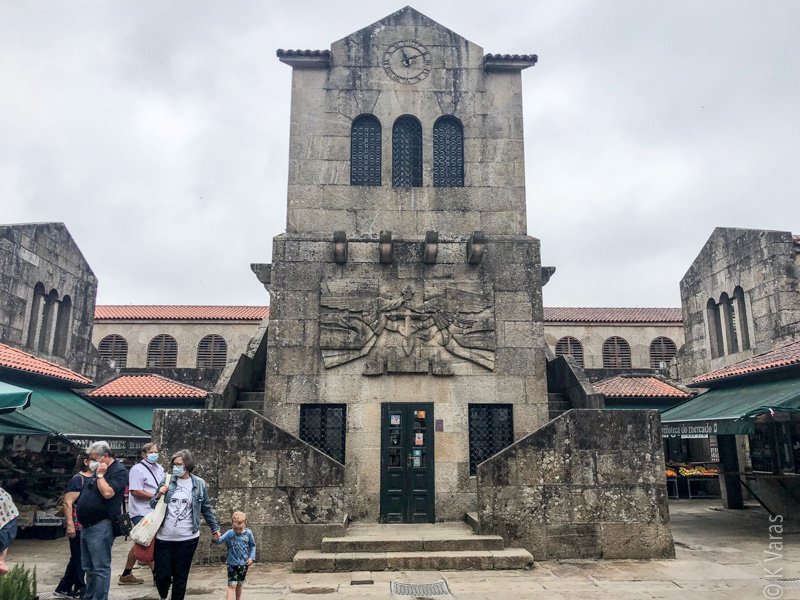
Just a few steps away I found myself on the Praza de Santo Agostiño, in the shadows of an imposing Igrexa de Santo Agostiño-Xesuítas. I could have tried to get a bite to eat at one of the cafés outside of the market but instead I ended up at a small bar/cafetería at the end of this plaza. I enjoyed my coffee and the typical Galician-style Spanish tortilla, all the while eavesdropping on a guy sitting at the table next to me as he attempted to do some counselling to a couple of people who came by begging for money. The woman didn’t hang around after he tried to engage with her but the young man who came soon after ended up staying and chatting to the guy over a cup of free coffee. The reason I found the situation very interesting was that the guy used some very smart psychology to get the young man to open up to him about his reasons for clearly being unemployed and I have a sense that he may have, possibly, made him think a bit about where he was in life. Yeah, I know, I’m probably reading way too much into the whole encounter, but it did feel like a very positive one, not at all preachy or judgemental. I found it fascinating.
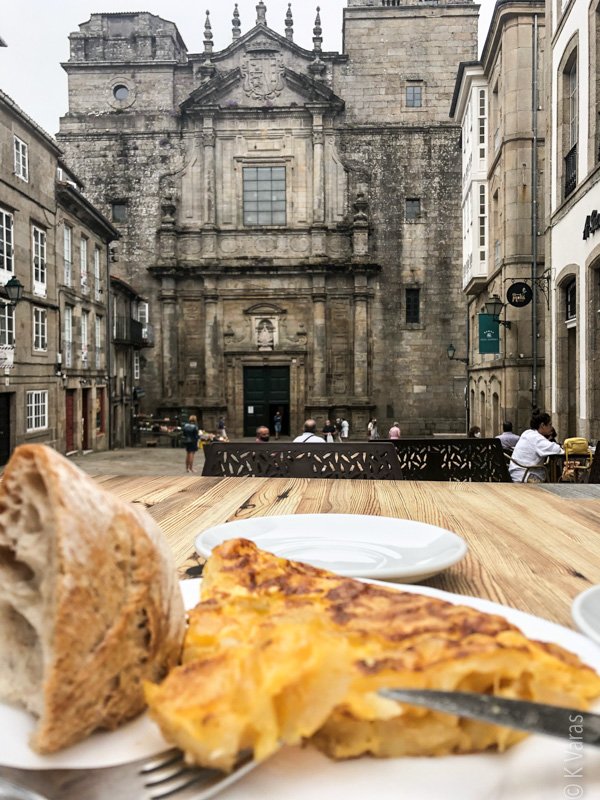
Once refreshed I continued on wandering around the streets and plazas, many, many plazas, until I found myself in what seemed to be a meeting point for the pelegrinos: Praza da Inmaculada, with Mosteiro de San Martiño Pinario taking centre stage. There were many pilgrims there, not just tourists, many of them resting on the various benches and stairs. This was also THE place to buy Camino de Santiago memorabilia … lots and lots of tables selling anything and everything trek-oriented. Not one for trinkets, I gave them all a wide berth, much more interested in the pretty gardens in front of the monastery. This was also where people seemed to be going in to get their Compostela passports stamped, the record of their arrival at the final destination.
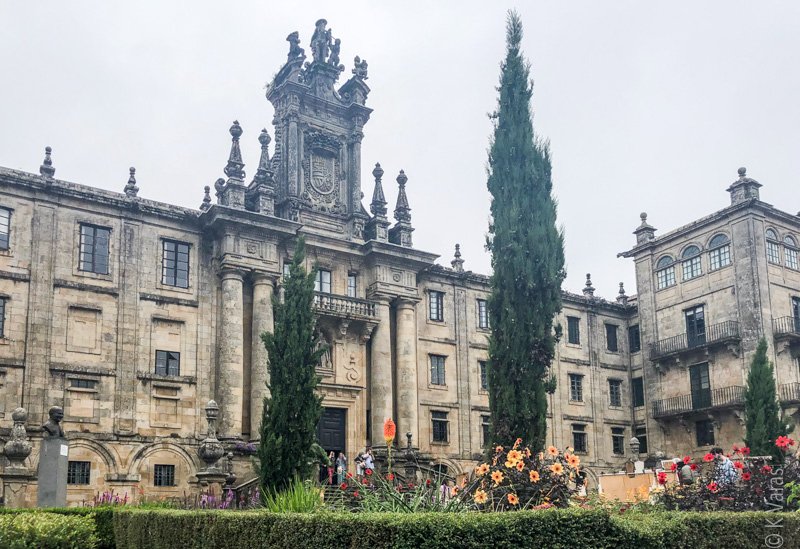
Up until now I had enjoyed the lack of fellow travellers in the many places I had the pleasure of visiting, but Santiago de Compostela was about to blow all that away. It was already starting to feel a little too crowded in the area in front of the monastery, but what awaited me once I walked through the nameless passage from Praza da Inmaculada to Praza do Obradoiro in front of the massive XI century Catedral de Santiago de Compostela was something else. Crowds. Massive crowds. Youth groups, old ladies groups, family groups, more youth groups … plus regular tourists and a few of the more authentic-looking pilgrims with their clamshell beads and walking sticks all filling the huge plaza and waiting … but waiting for what? That I could not figure out, unfortunately.

All I could think of was how to get away from so much humanity, and as quickly as possible. I attempted to get a ticket to see the cathedral inside but those were already sold out–I had not planned this well, better luck next time–but I did manage to get one to see the Pazo de Xelmírez, the history museum inside one part of the cathedral, anything to get away from the multitudes outside. As far as museums go, this one wasn’t exactly huge, though the space inside sure was. The pieces on display were mostly some artefacts from the earlier times of the church, mostly a lot of early stonework, but I actually found the glimpses of the outside walls much more historically significant, at least in the sense that it all looked so, so very old. Which it is, of course, nine to twelve centuries is nothing to sneeze at, after all. From one of the higher floors I got a good look at the plaza and people below, as well. I hadn’t realized it until I saw the banners on the stage being erected on one side of the plaza: July 25th is the day to honour Santo Santiago so major events are clearly on the menu. One interesting stat I just looked up: in an Año Santo Jacobeo when this date falls on a Sunday, the number of pilgrims flocking here absolutely skyrockets, in some past years some ten times the previous year’s count. Now, pilgrim counts are interesting in themselves and they sure speak to the incredible popularity of the Camino over the last couple of decades. Let me illustrate (and I wish I had my Tableau license working to make this much prettier, I still hate Excel):
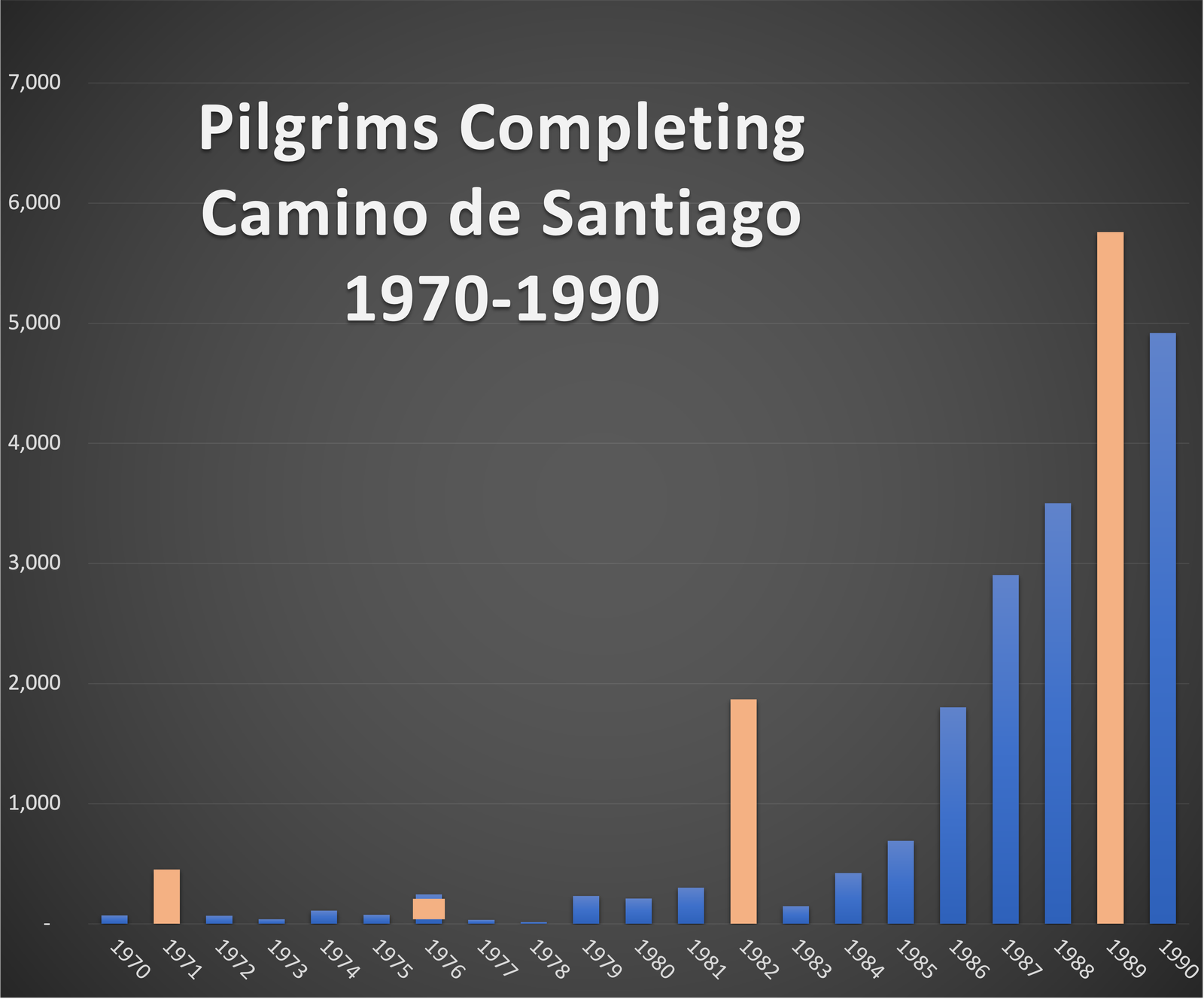
Until the early 1990s, pilgrimages weren’t really a big thing … but then something happened: In preparation for the jubilee year in 1993, a massive promotional campaign was launched to entice people to come and celebrate while at the same time many improvements to the routes themselves were done, all this resulting in nearly 100,000 pilgrims arriving in Compostela in 1993. The world discovered what previously only the most devoted knew: walking the beautiful Spanish countryside was a worthwhile effort and an amazing adventure. And then they came, every year more and more, in the thousands, hundreds of thousands. Even at the height of Covid, over 50,000 did the walk. And 2021 is an Año Santo Jacobeo so huge numbers are expected, pandemic or not. (NB 2021 number updated in January 2022).
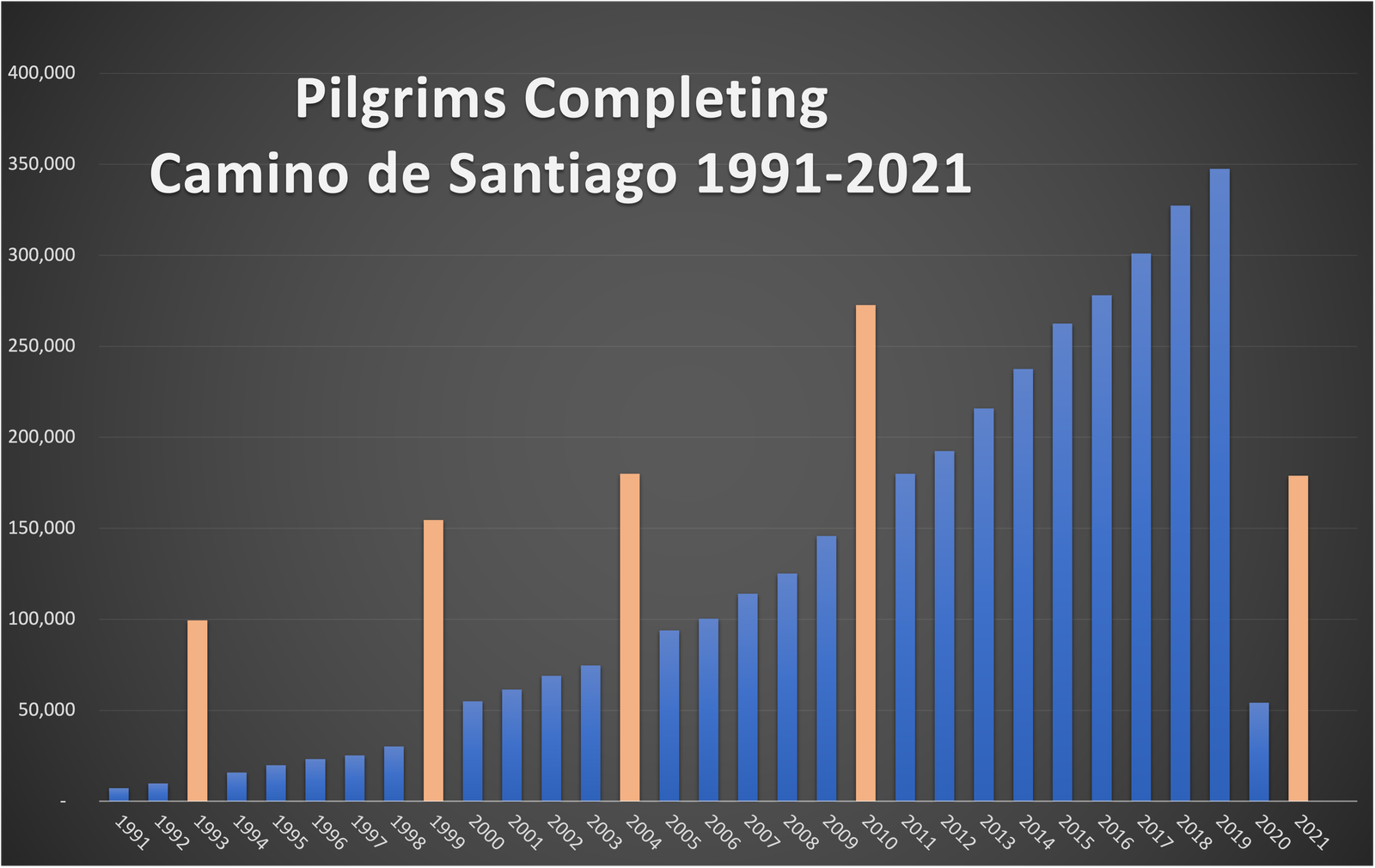
And, this, my friends, is why the blog is called I Divagate …
After the museum I decided to wander away from the busy area and through many lovely streets, little plazas, and a very cool and super narrow little alley, I found myself outside of the old town, technically, and in front of two museums all at once: one very modern, Centro Galego de Arte Contemporánea, and the other right next door, Museo do Pobo Galego (an ethnography museum). I started with the modern art museum where I went from room to room sometimes really enjoying the exhibits (the photography was cool) or just scratching my head (the sculptures made me scratch my head a lot), but the best part was the dark video room with three screen all showing continuous recordings of someone walking the Camino … I sat there for a good twenty minutes totally mesmerized, focussed mostly on one screen, thinking how cool it would actually be to go down some of those paths. Oh no! They may make me a convert yet!
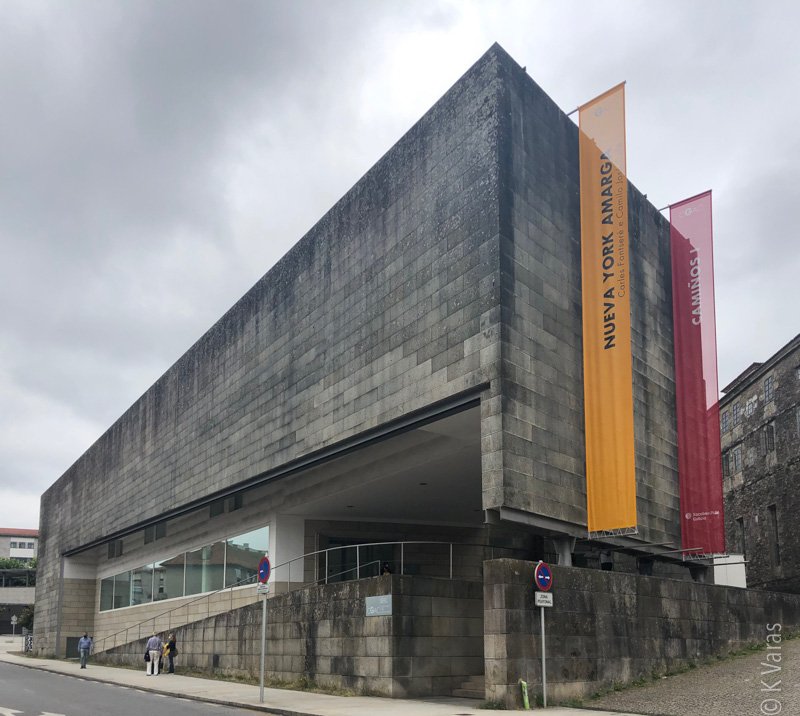
The modern art museum done, it was time for a break and a little lunch (dinner). I found a place nearby (Casa de Xantar O Dezaseis) that was very highly recommended but it was full, clearly a lot of other people read the same reviews I did, so I settled for the place next door, Tapería lúaS. It was much less busy but also very good, and because it was less busy I had a chance to have a nice chat with the waitress and a couple of her friends who came in for a meal. Sometimes patronizing the locally-focussed places ends up being the better experience. My food was delicious too.
After the meal, it was time to walk in the steps of the thousands of pelegrinos before me, and some just ahead of me too. In order to do that I had to get away a little further from the centre, up a hill from which I got nice views of the city centre. I can imagine how relieved the pilgrims must be when they crest that hill and realize that not only are they close to their goal, but that the rest of the way will be downhill. Not wanting to get too far, I turned around and walked back towards the historical museum, very intrigued to see what I would find there. Full confession: I had no idea what this museum even contained! It wasn’t until I was already inside that its theme became evident. Some tourist I am. On the way there, however, I got a bit sidetracked, first by the old cemetery at the back of what looked like a church, and then the church itself. I walked around the back of the Igrexa e Convento de Santo Domingo de Bonaval, except the convent is now where the museum is, and as you’ll notice in the photos, the church is more of a cultural exhibition space than a proper place of worship.
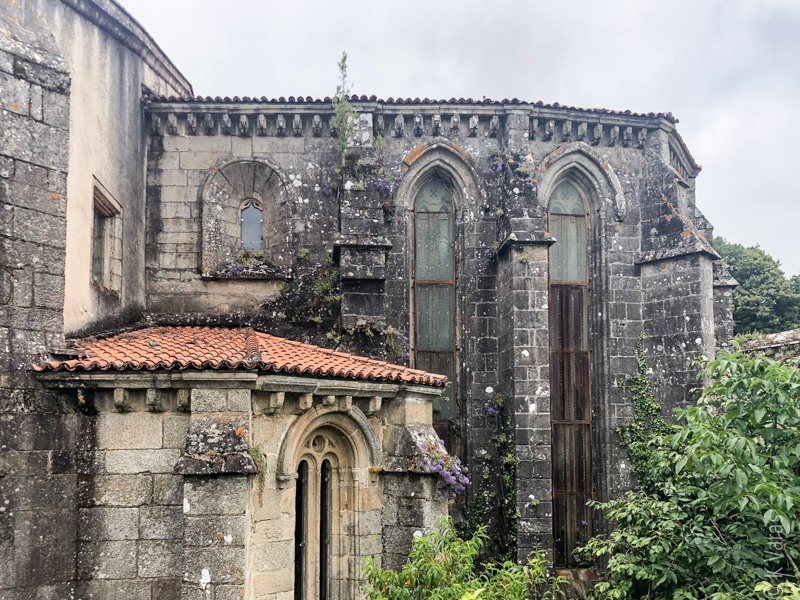
The Museum of the Galician People (Museo do Pobo Galego) was definitely a surprise, and a very happy one. It was mainly dedicated to the early Galicians who were, of course, Celts, which is why so much of their culture is so very similar to the Celts of the Irish, Welsh, Cornish, Scottish, and the Bretons. Their use of runes, stone markers, and hórreos (stone granaries) was on display, and once I got deeper inside, I learned all about their boat building, basket weaving, and shoe making, among other things, as well. It was all absolutely fascinating. I spent a lot of time looking at everything. The exhibits were great but there was one more surprise in store. In order to get to the second floor of the museum, I had to go up a very special staircase. It was in fact a triple spiral staircase which made for a beautiful, if a little disconcerting, visual experience. I had to really hang on to the railing to go up … my brain just had so much trouble understanding what was going on. Eventually I did make it to the church part which is where some people were setting up equipment for what clearly was going to be some sort of presentation, and the part I was able to enter should have held an organ and a choir, but instead there were some religious objects displayed artistically. It was a little confusing but the setting was gorgeous and I was pleased to see I recognized the windows I had seen from the outside and got some nice pictures of.
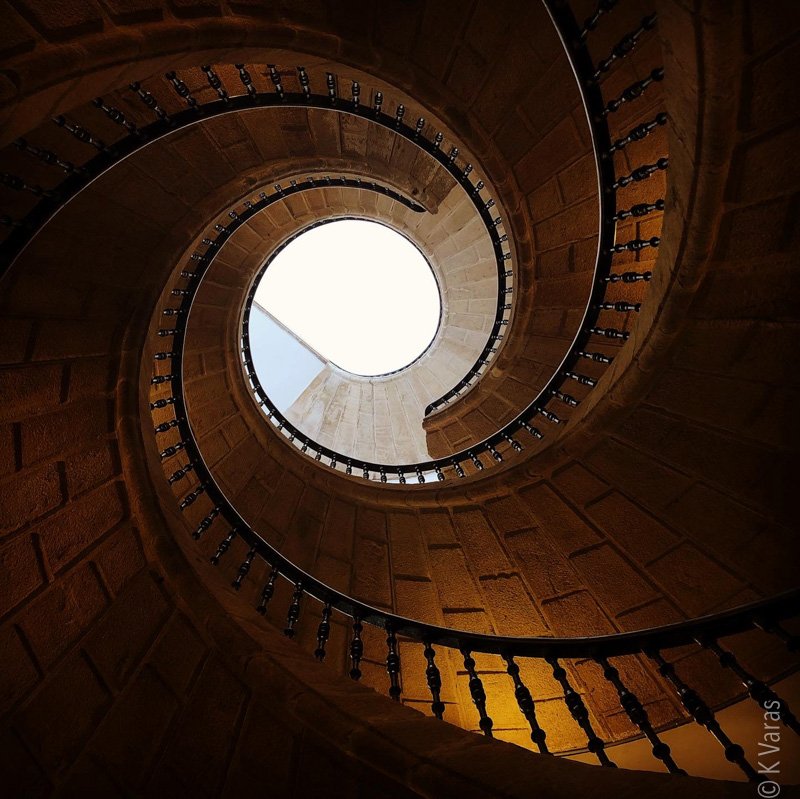
As the afternoon wore on, I had to start thinking about getting back to the train station. Since I had to cross all of the old town to get there, I took my time and checked out a few more previously-unseen corners, including the Igrexa de San Martiño Pinario, another old stone church with a marvellous staircase in front of it, one that must one day be used in a movie, preferably by Guillermo del Toro, because … well … it was just really mysterious looking and just very cool. I also found a lovely little café in a garden where I stopped in for a bit of a late afternoon snack where I tried the local specialty, the tarta de Santiago, made completely from almonds. I had seen them in all the bakeries I walked by so it was only fitting that I’d try a piece. People who know me know that I don’t normally eat almonds, not because I don’t like them but because I have an aversion to them due to childhood “trauma” (nothing serious, honest), so it’s probably good that I didn’t know what the cake contained. I enjoyed it, however, I can’t say I look forward to having it again, I’m just not a nut cake fan, I guess.
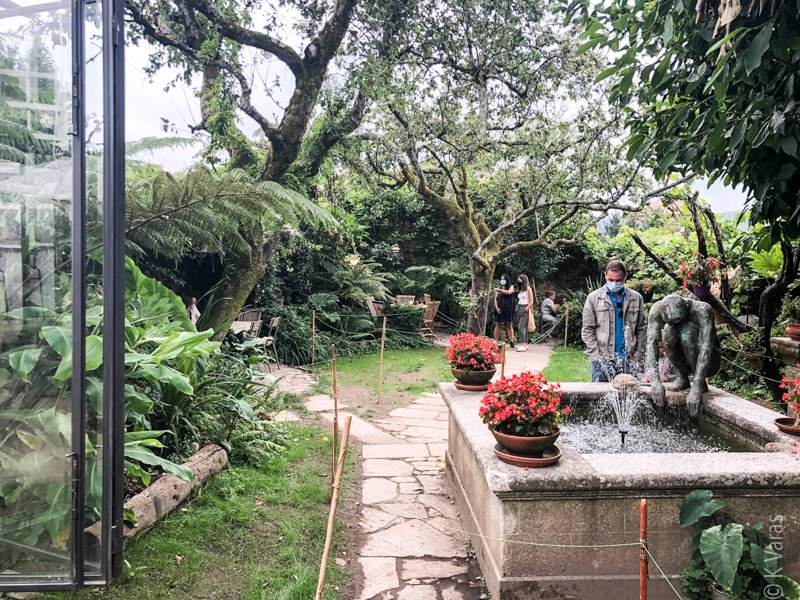
I truly enjoyed my day in Santiago, a place I would happily return to, especially if I could stay a night or two in one of the fancy paradores in the old town. I’m sure there are plenty of interesting things I’ve missed and the cathedral itself will be worth visiting. I also wouldn’t mind going back to some of the jewelry stores that were quite numerous in the city, most selling a lot of what I assume are local stones. Some pieces were absolutely gorgeous. I also managed to stop in a very nice bookstore and broke my rule of not buying any books. Yes, I absolutely had to get a Galician cookbook, because I need to learn how to make the Galician version of the Spanish tortilla, heavy suitcase be damned.





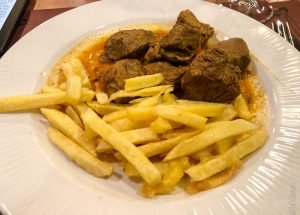



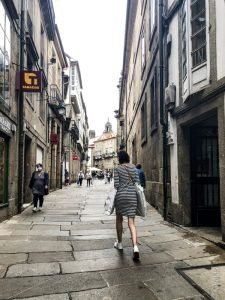





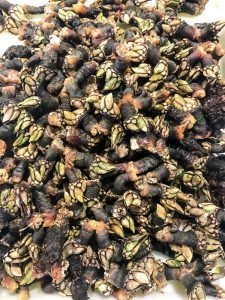

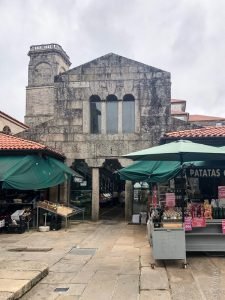




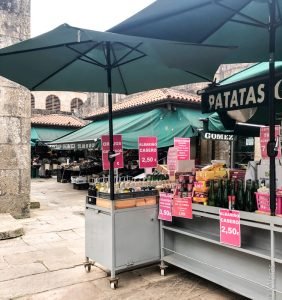
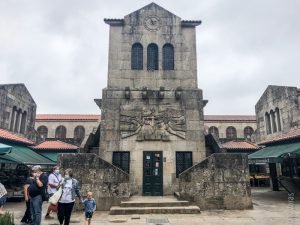

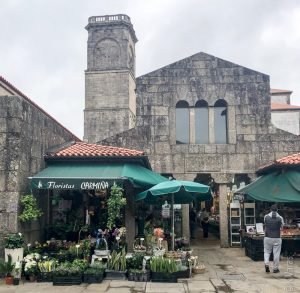
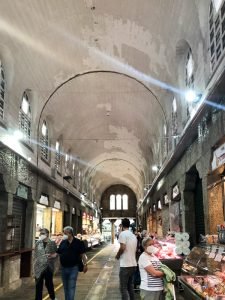



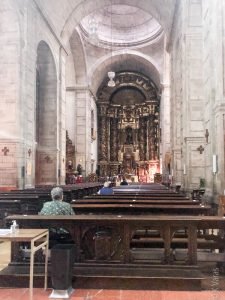
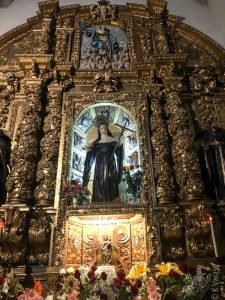
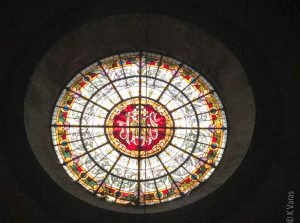

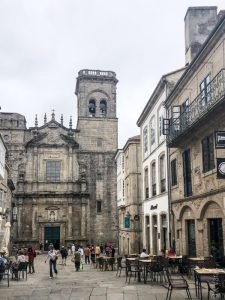
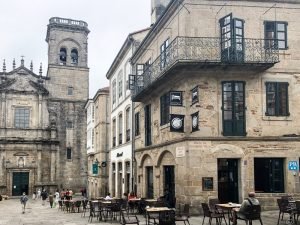





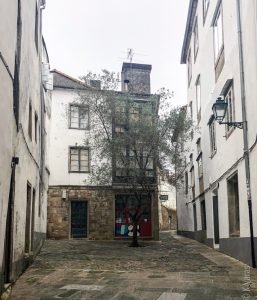

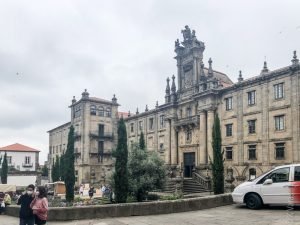
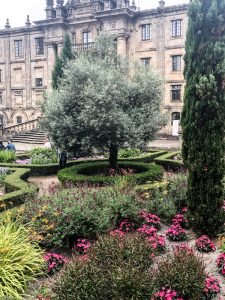
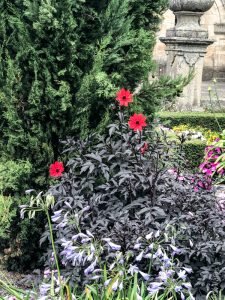

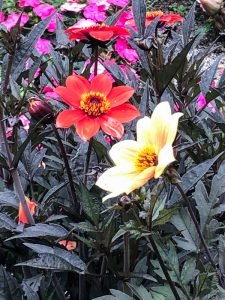

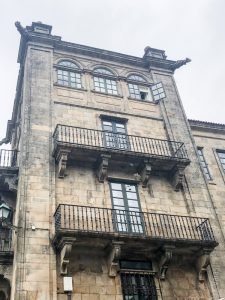
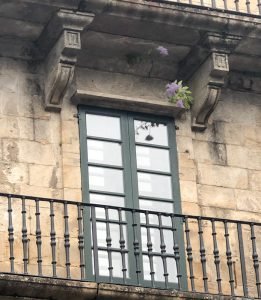
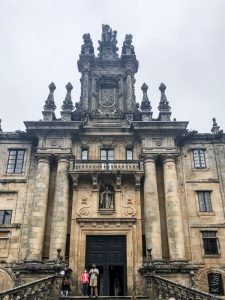
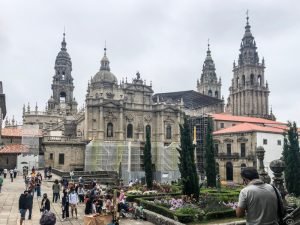
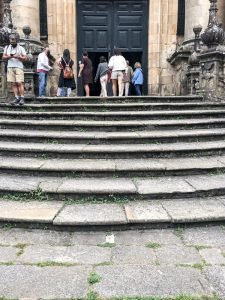
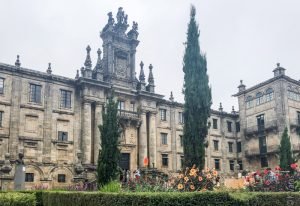

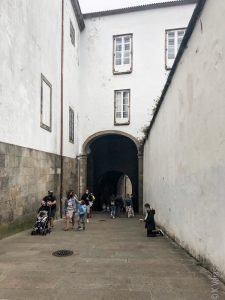
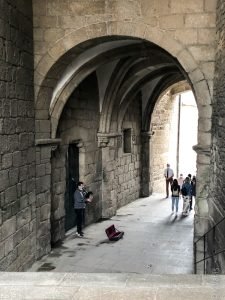
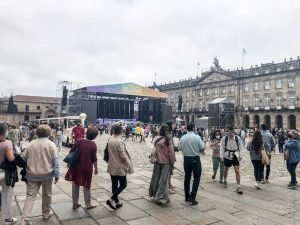
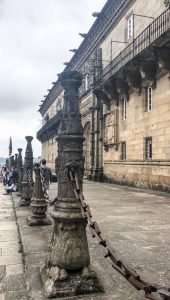
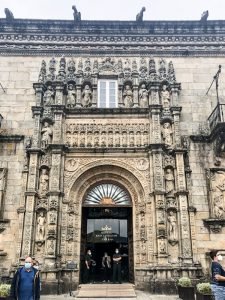


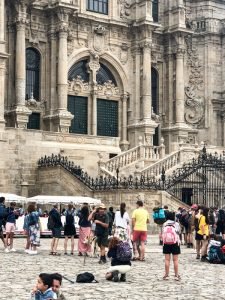
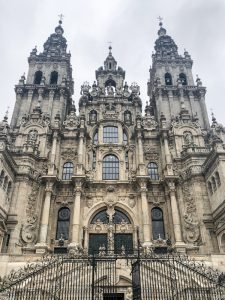




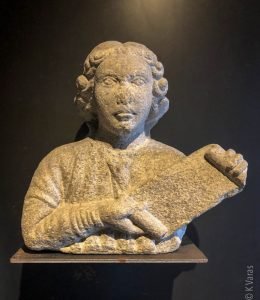


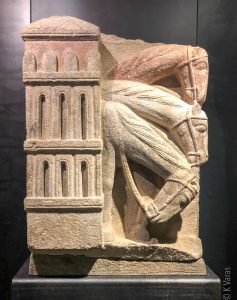
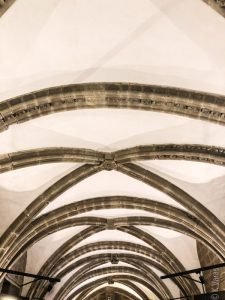



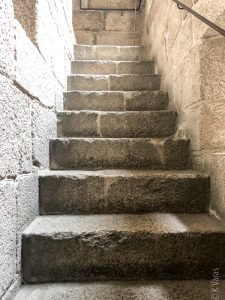
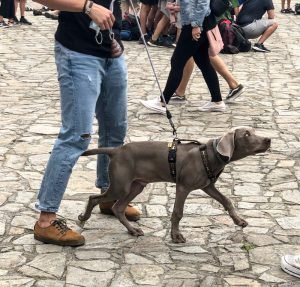
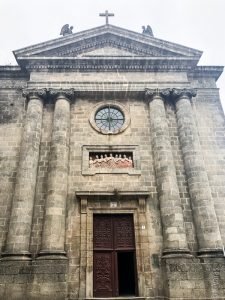
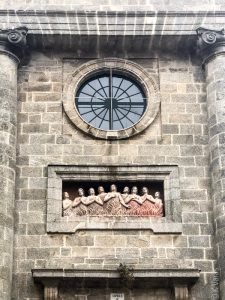
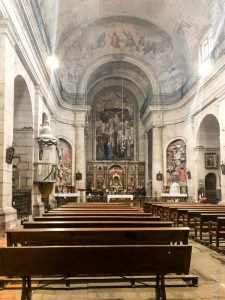
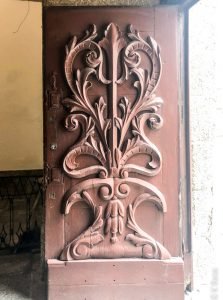
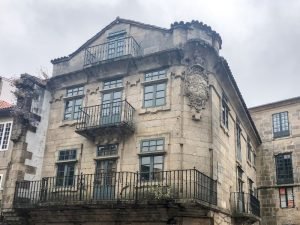
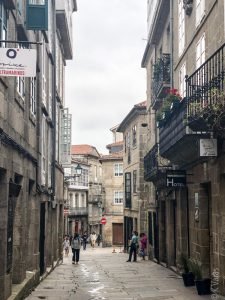
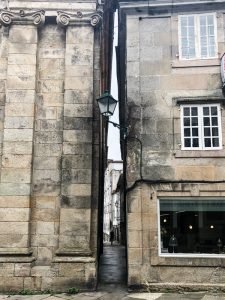

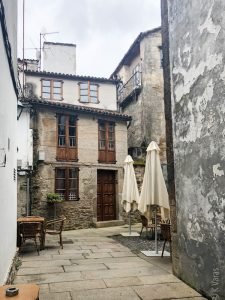
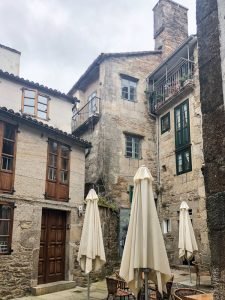
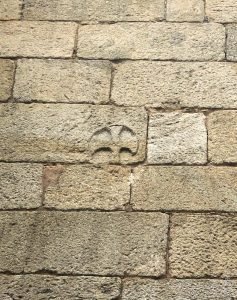


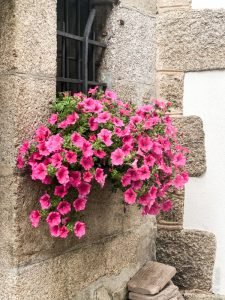
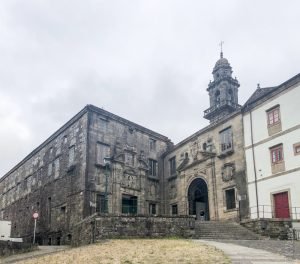

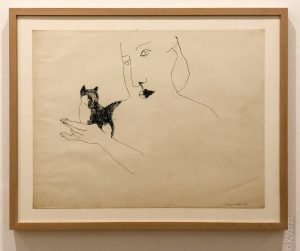

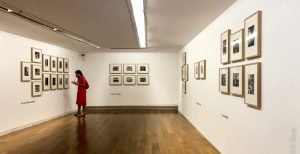


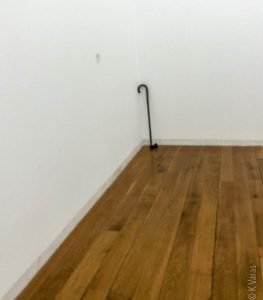
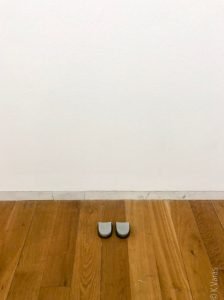


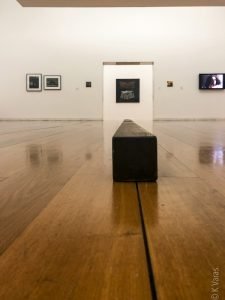
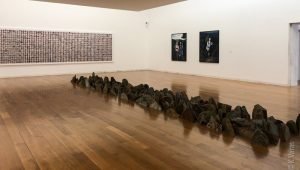

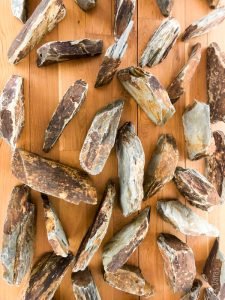

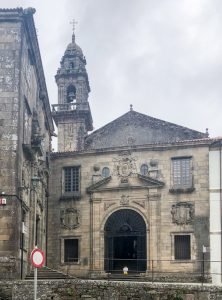


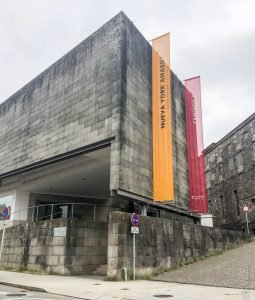
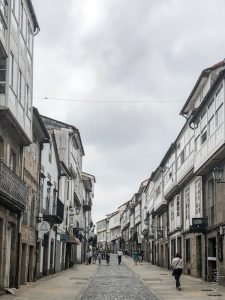

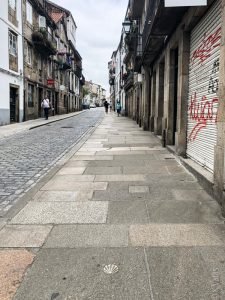
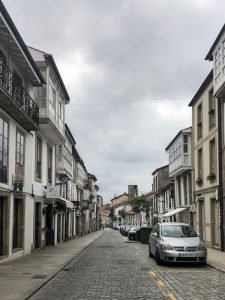
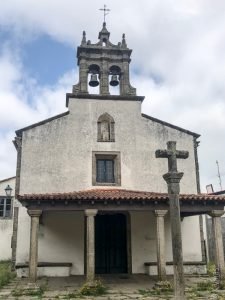

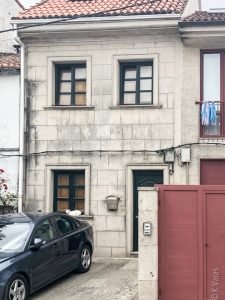
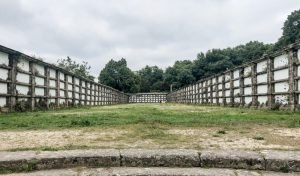
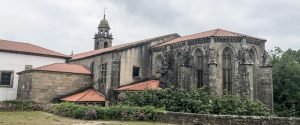

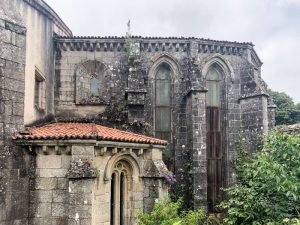



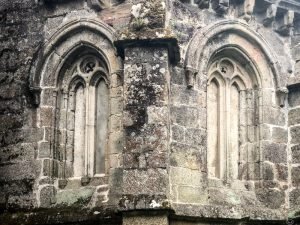


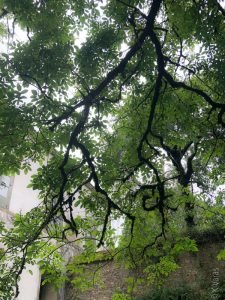
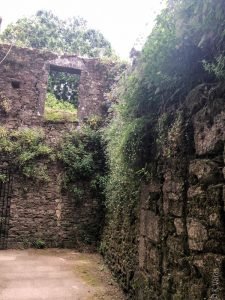

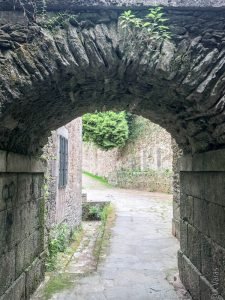
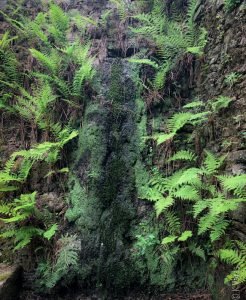
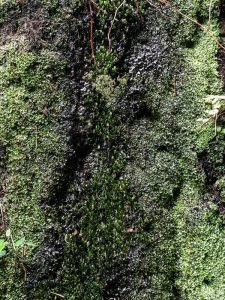
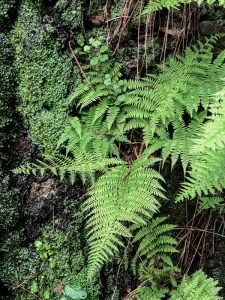


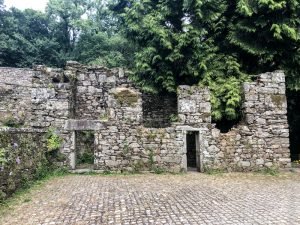
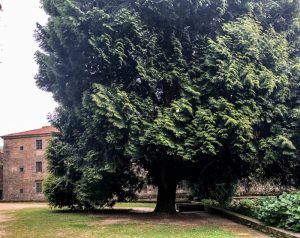

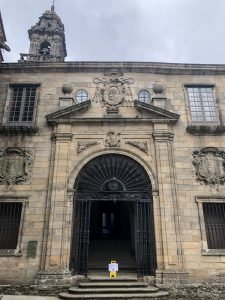
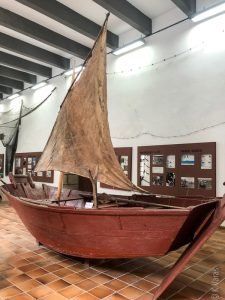


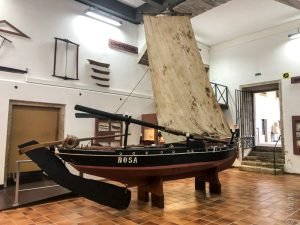
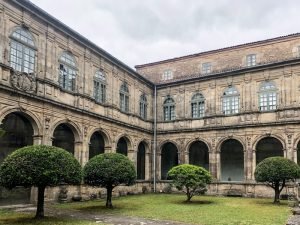
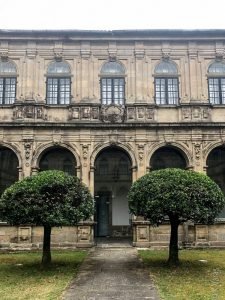

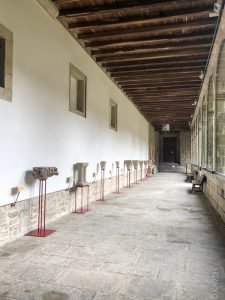
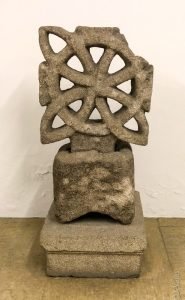


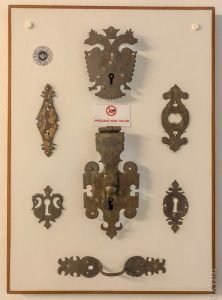


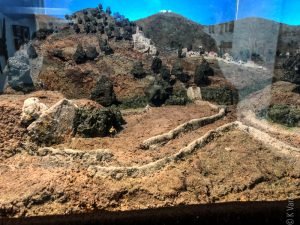
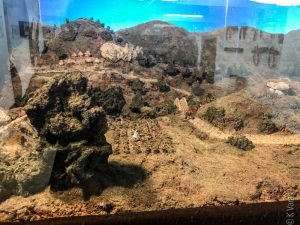

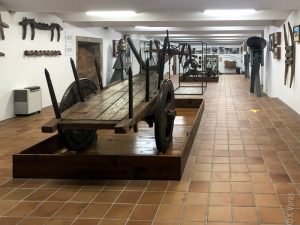




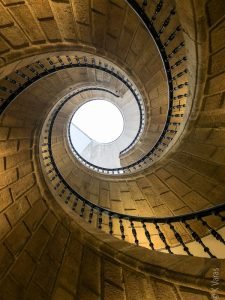

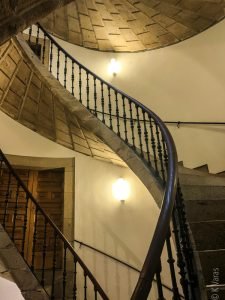


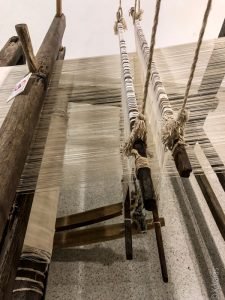

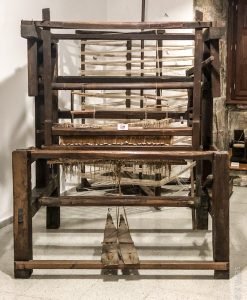
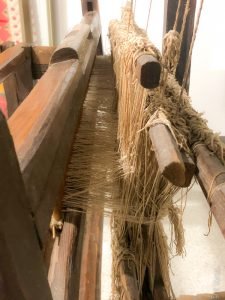
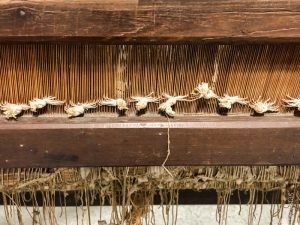
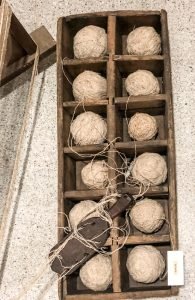
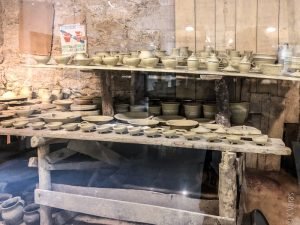



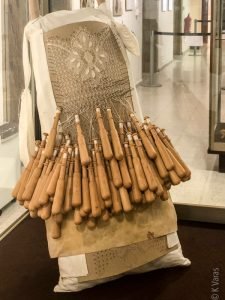
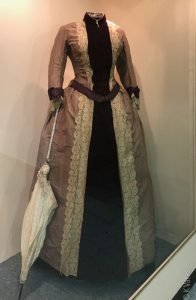
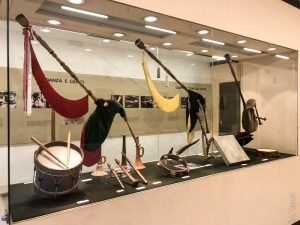
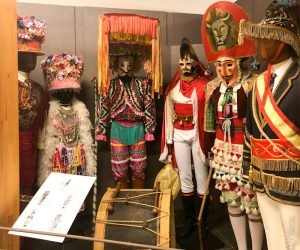

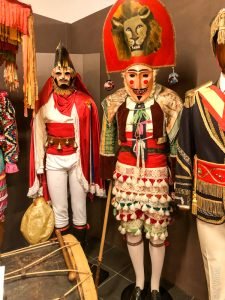
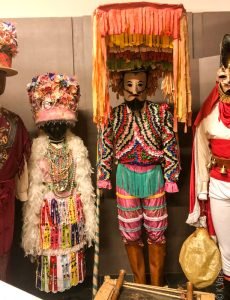
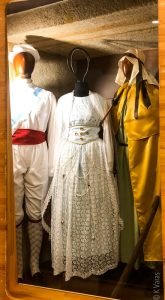


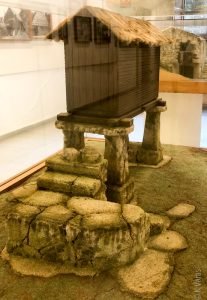
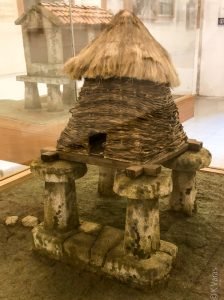


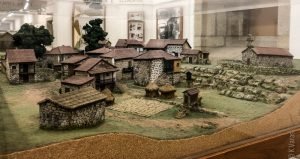
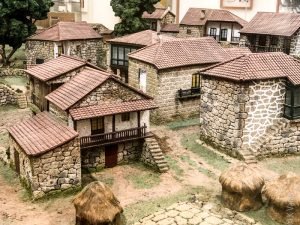
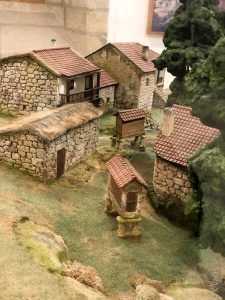
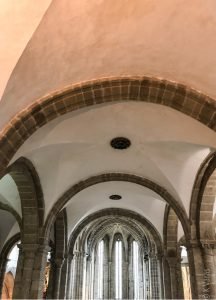
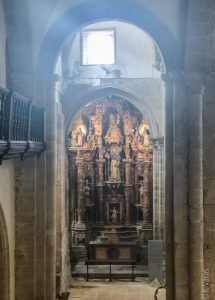
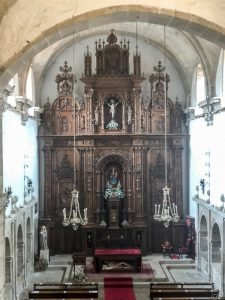
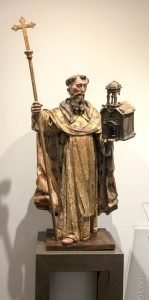
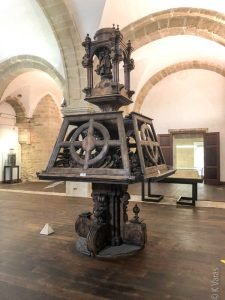
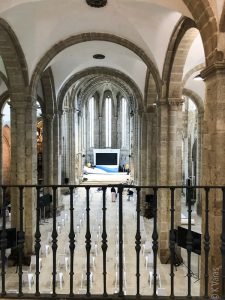
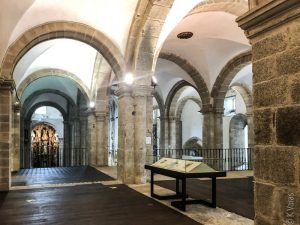



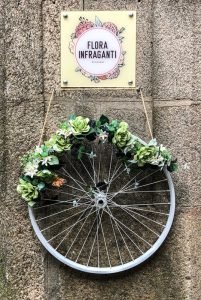


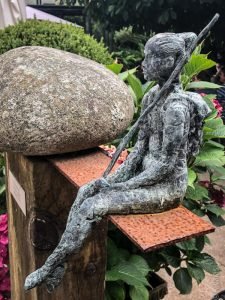
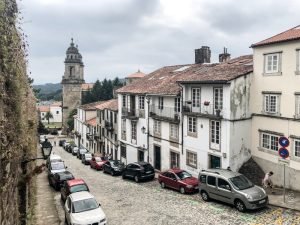
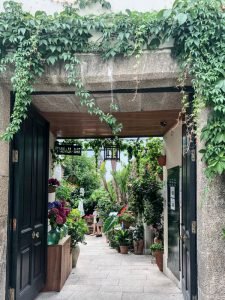
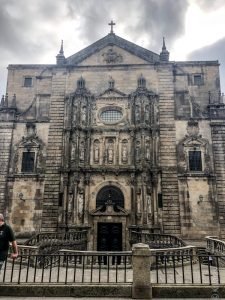
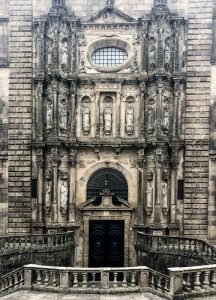



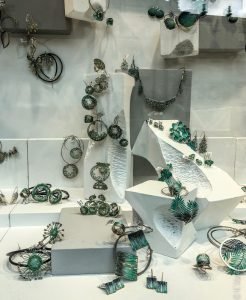
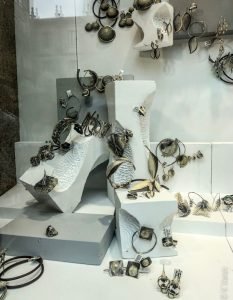

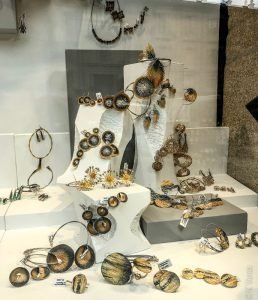
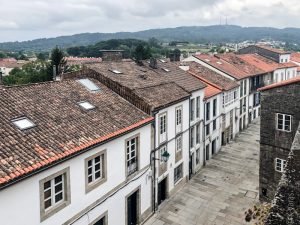

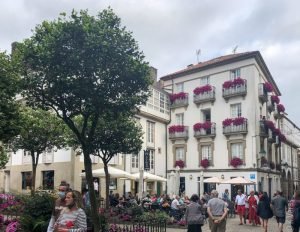
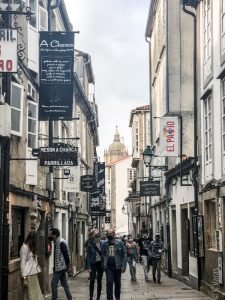
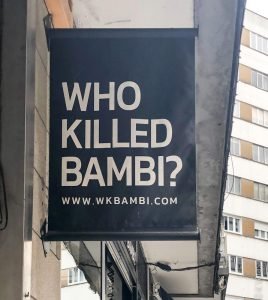
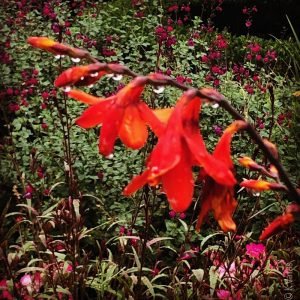
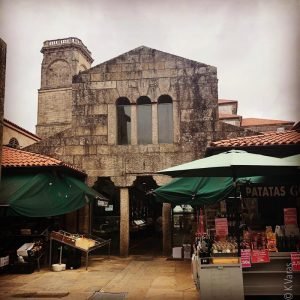






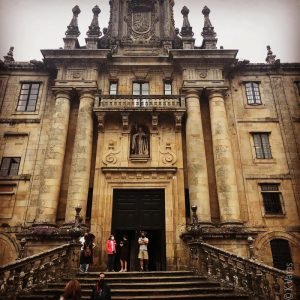
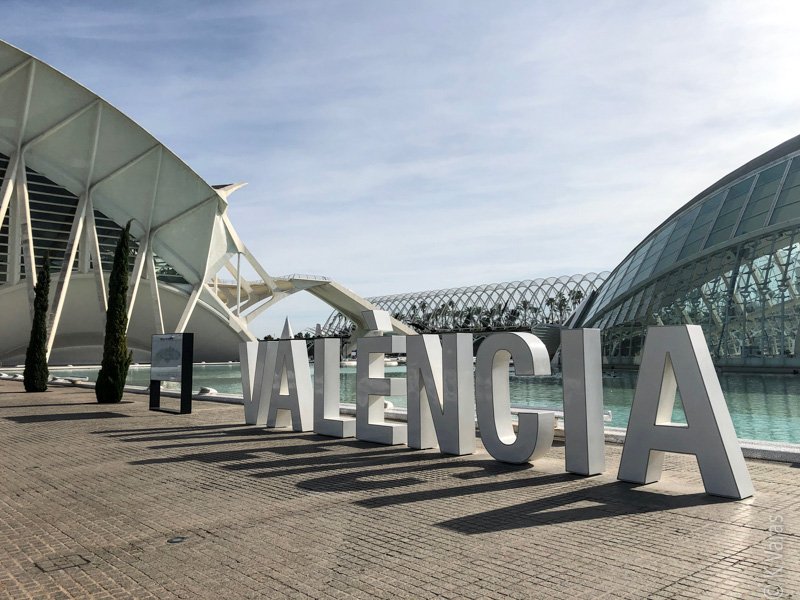


2 Comments
Mony
Loved it
kvaras
I’m glad you enjoyed it! I always do look out for las brujas for you 😉 Besitos!